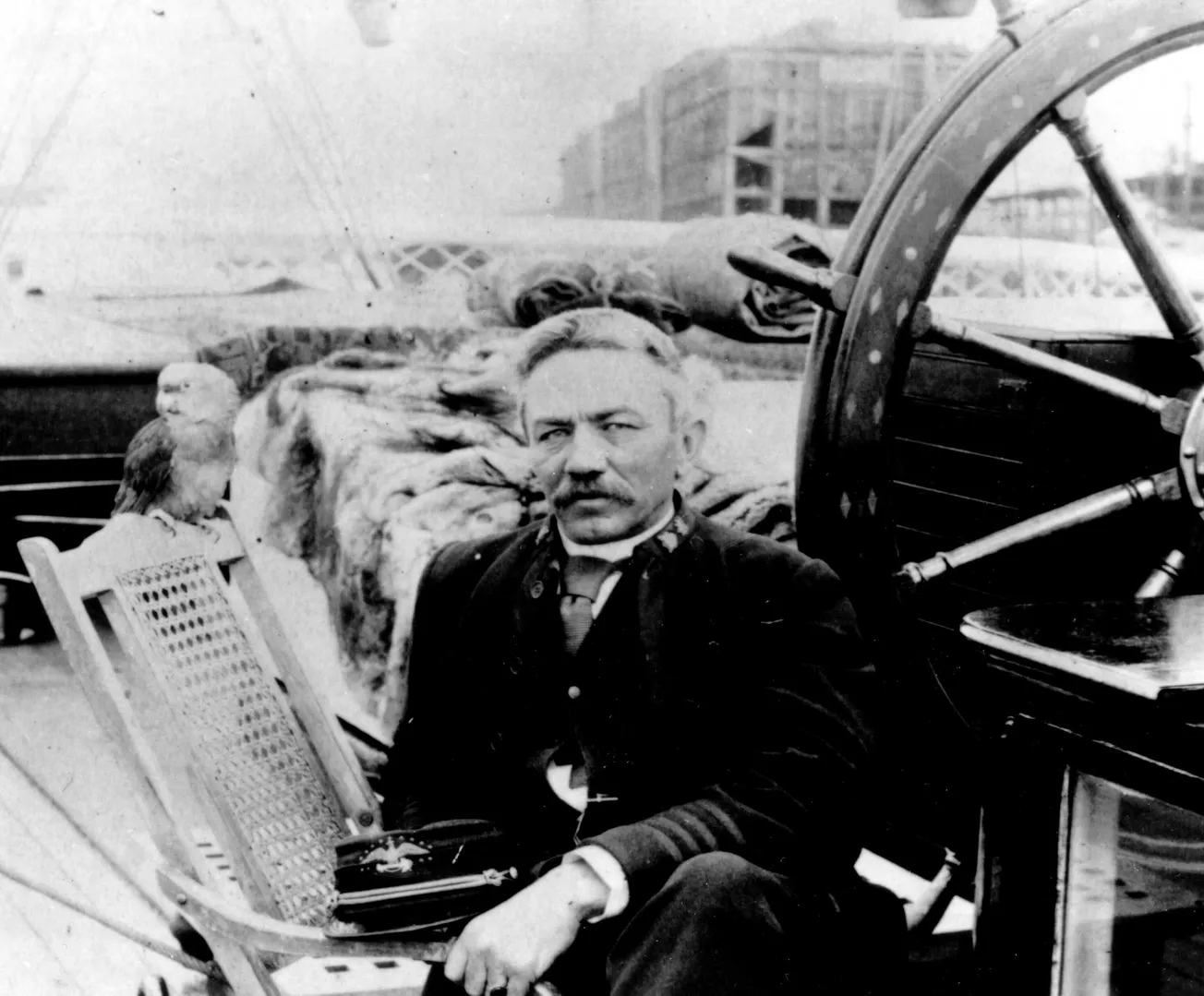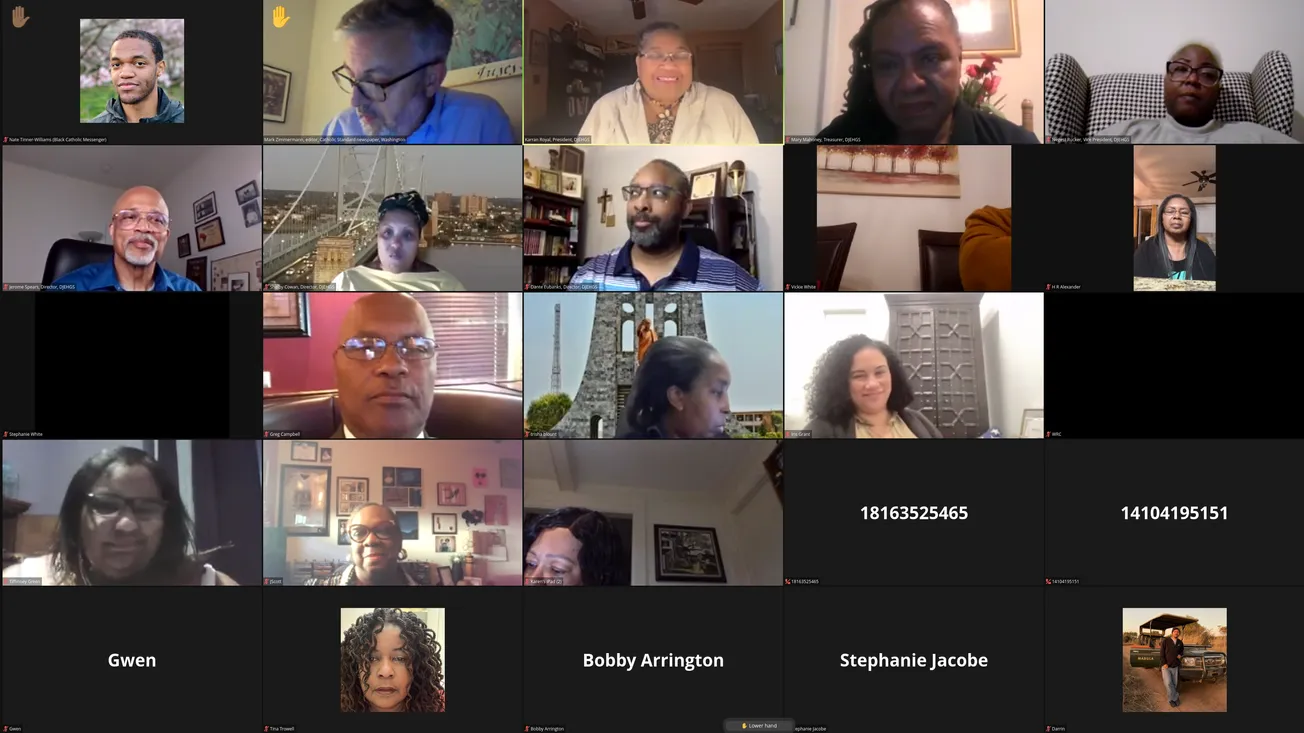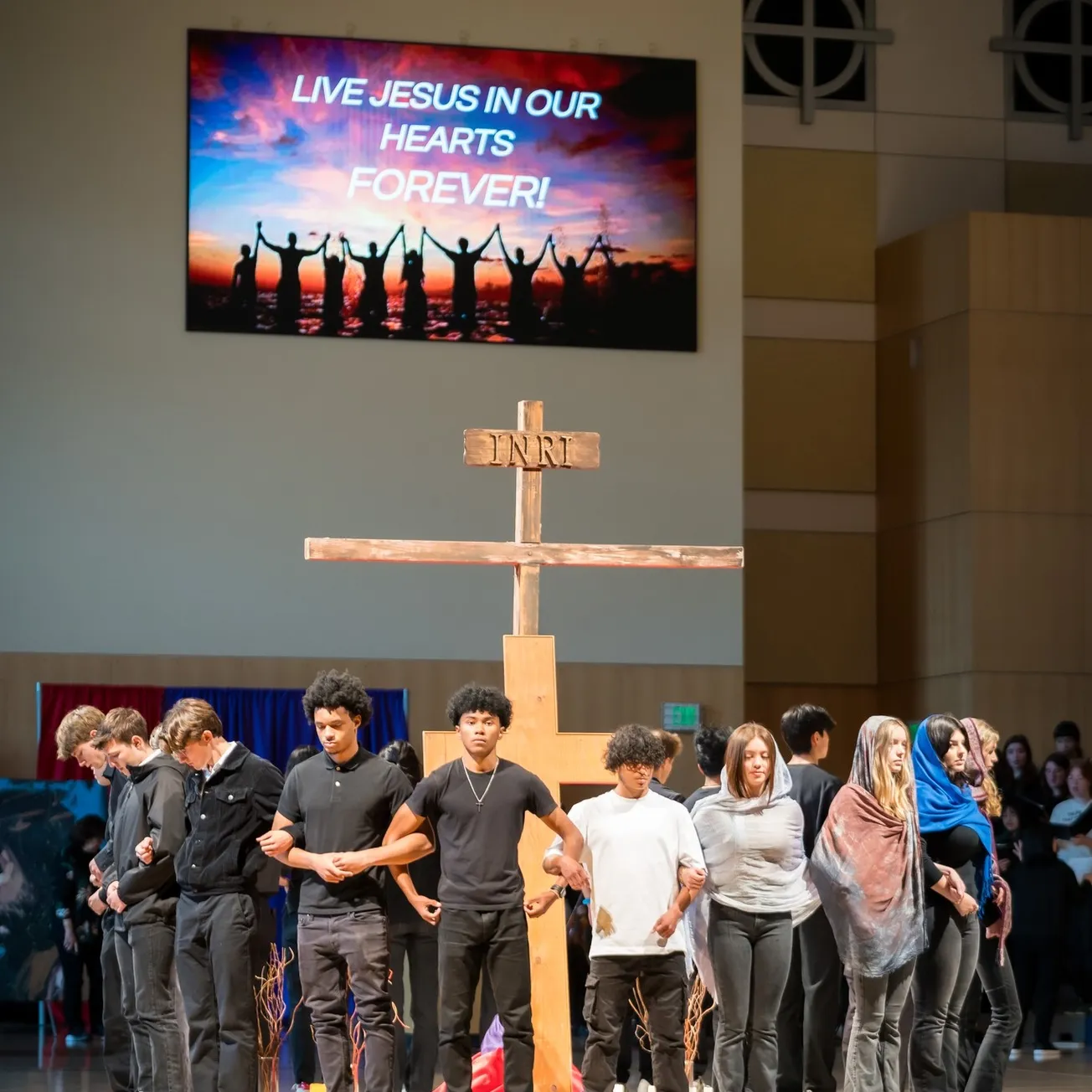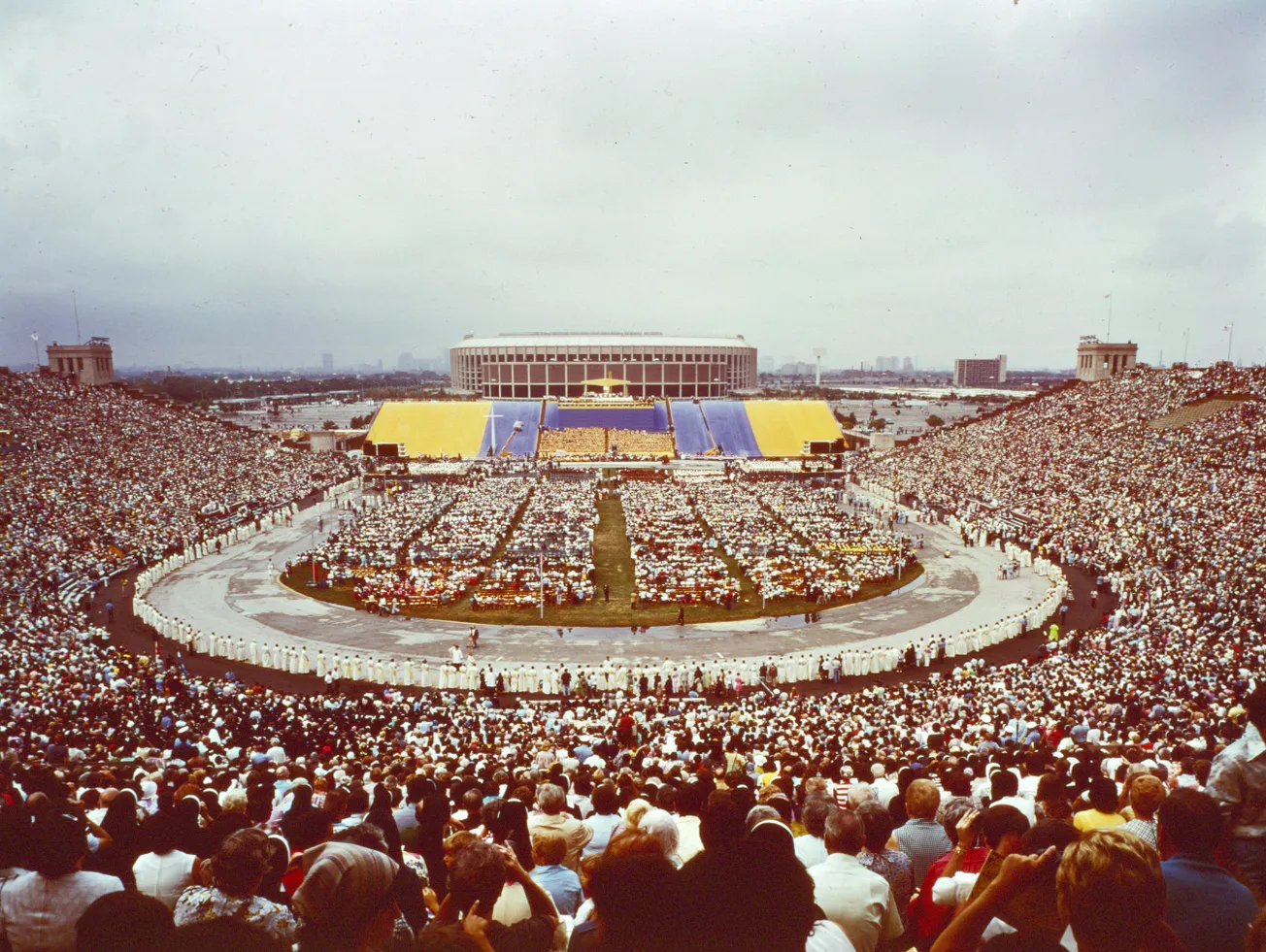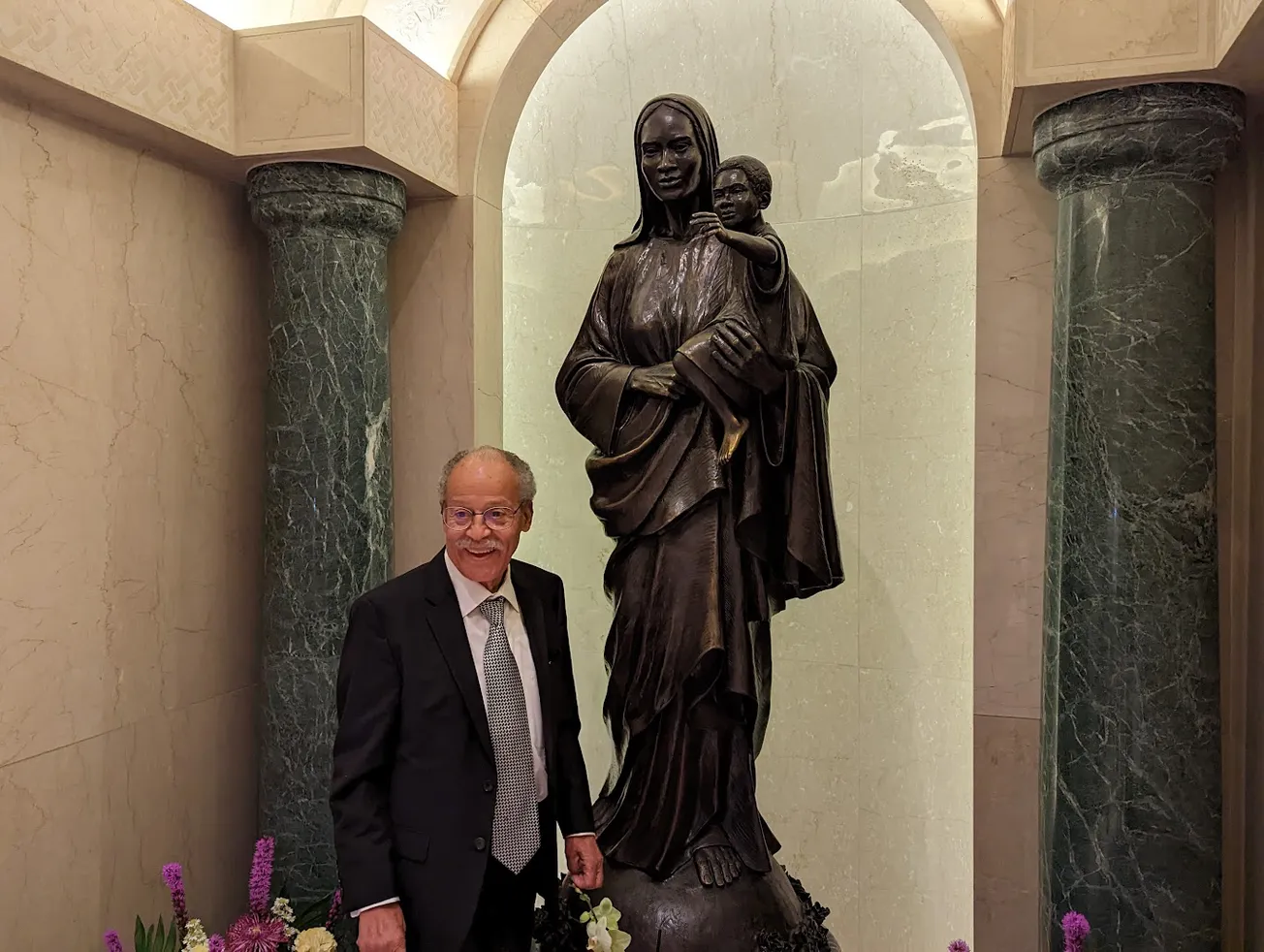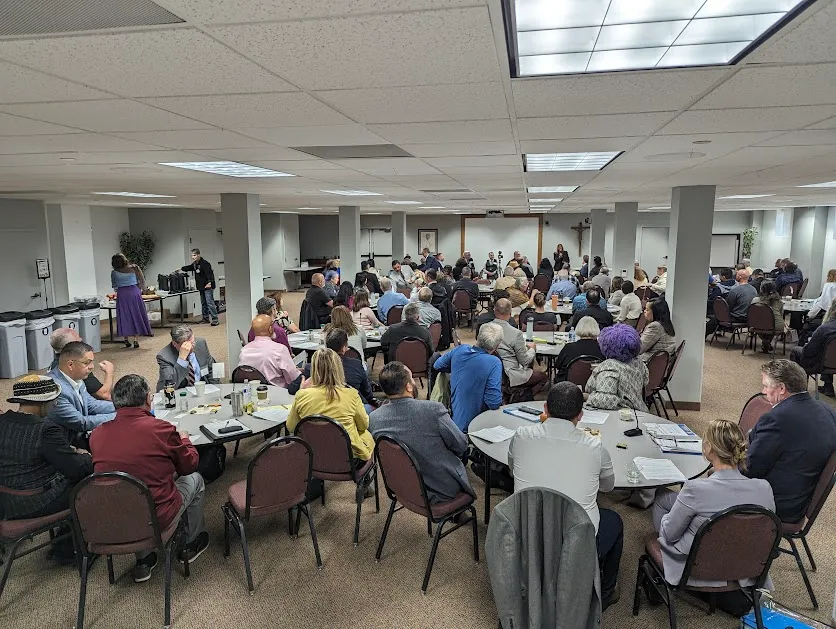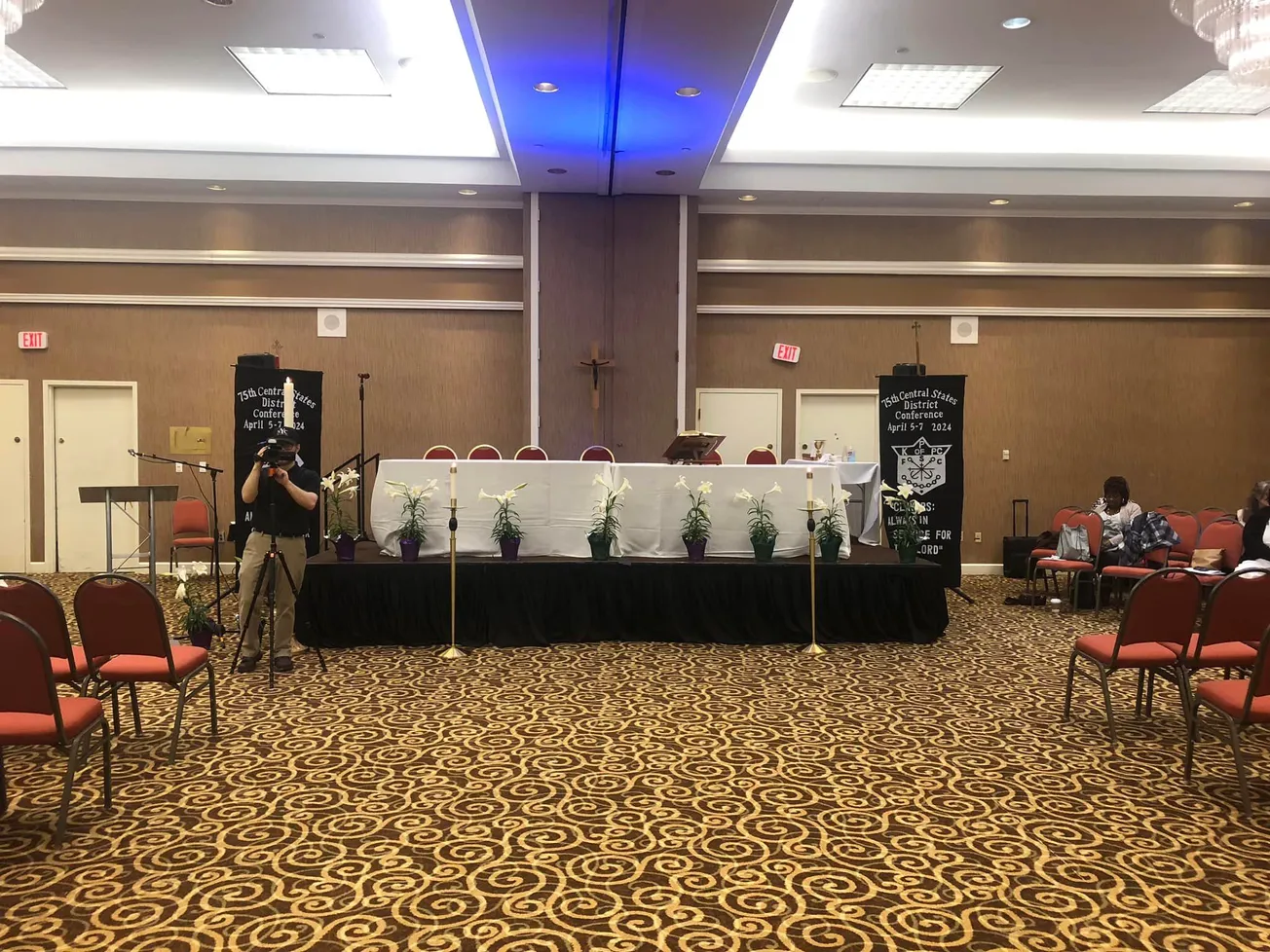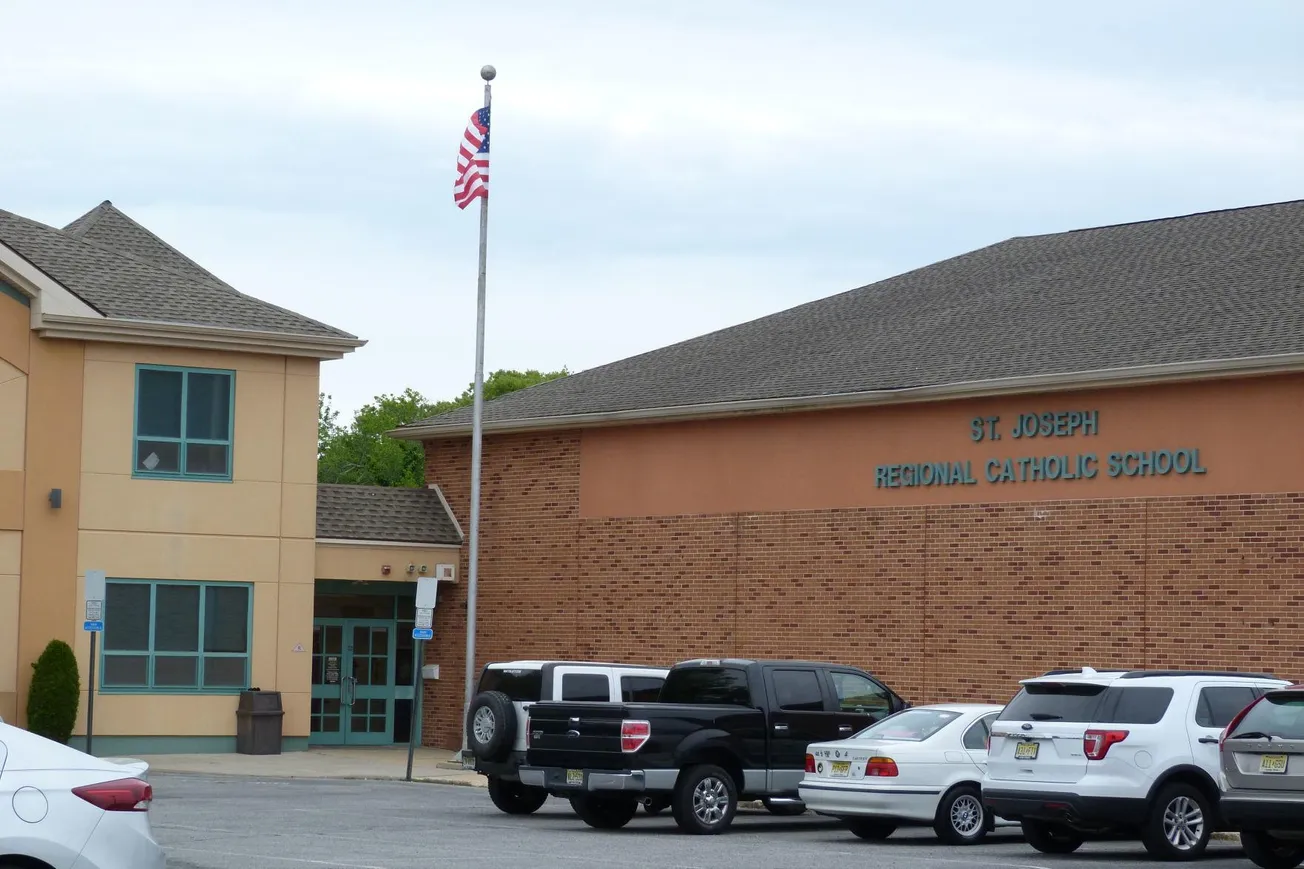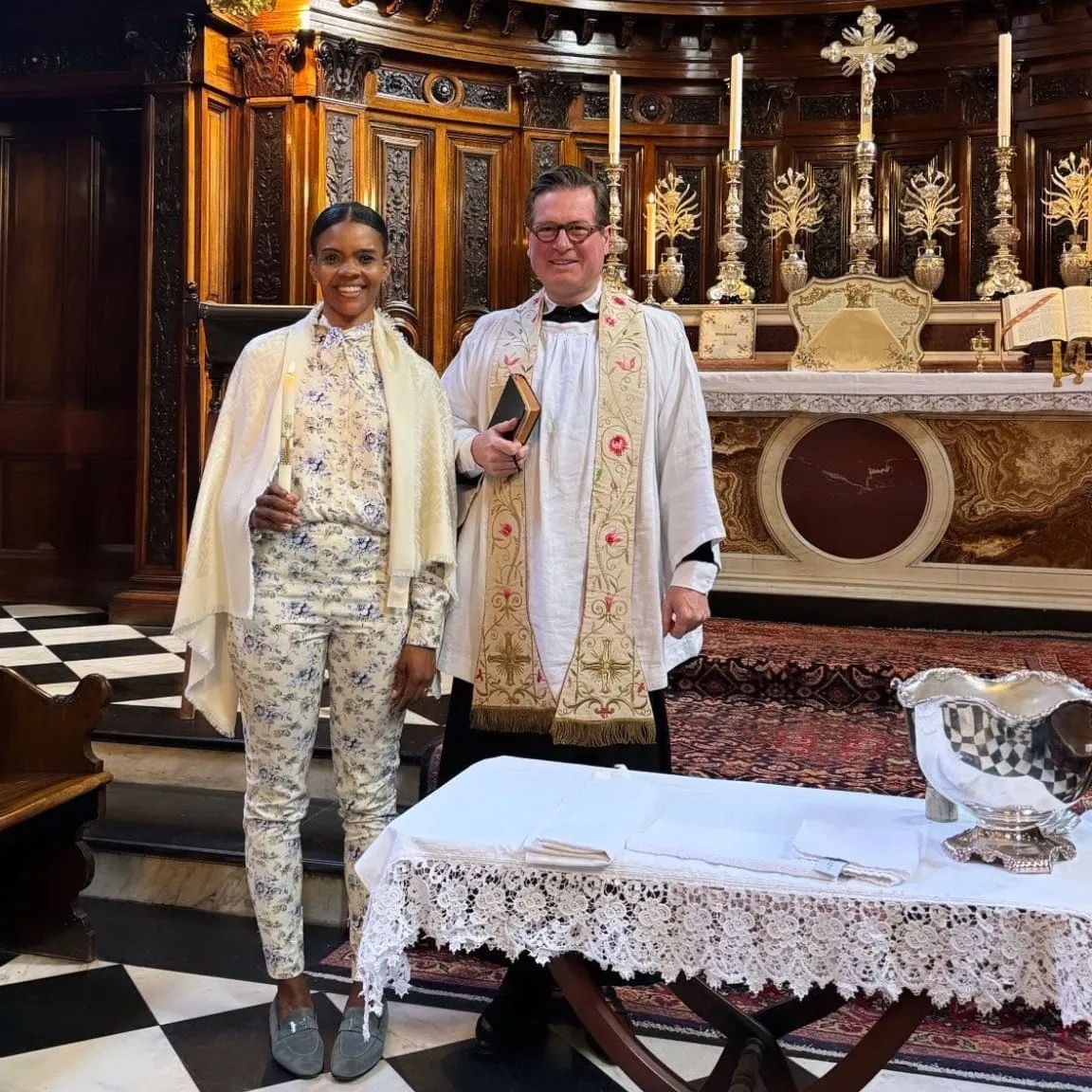The late Fr Cyprian Davis, OSB, a preeminent Black Catholic historian, once wrote about the Irish-American Catholic family of a plantation owner named “Healy.” Out of that man’s union with an enslaved Black woman he owned in Georgia, and with whom he shared a lifelong relationship, came ten children, also enslaved for a time. After noting the contributions of the family to the Catholic Church of the United States, Davis included what I characterized as a footnote:
“They had a brother, Michael A. Healy, who served in the merchant marine, while three of his brothers and two of his sisters, served the Catholic Church.”
Of course, if one studied the history of the U.S. Revenue Cutter Service, which subsequently became the Coast Guard, one would be familiar with the Revenue Cutter Bear, also known as the USS Bear. It was an important ship in the Alaska Territory of the late 1800s and made the settlement of that land possible by facilitating the transport there of reindeer—a sustaining food source for the arriving Americans.
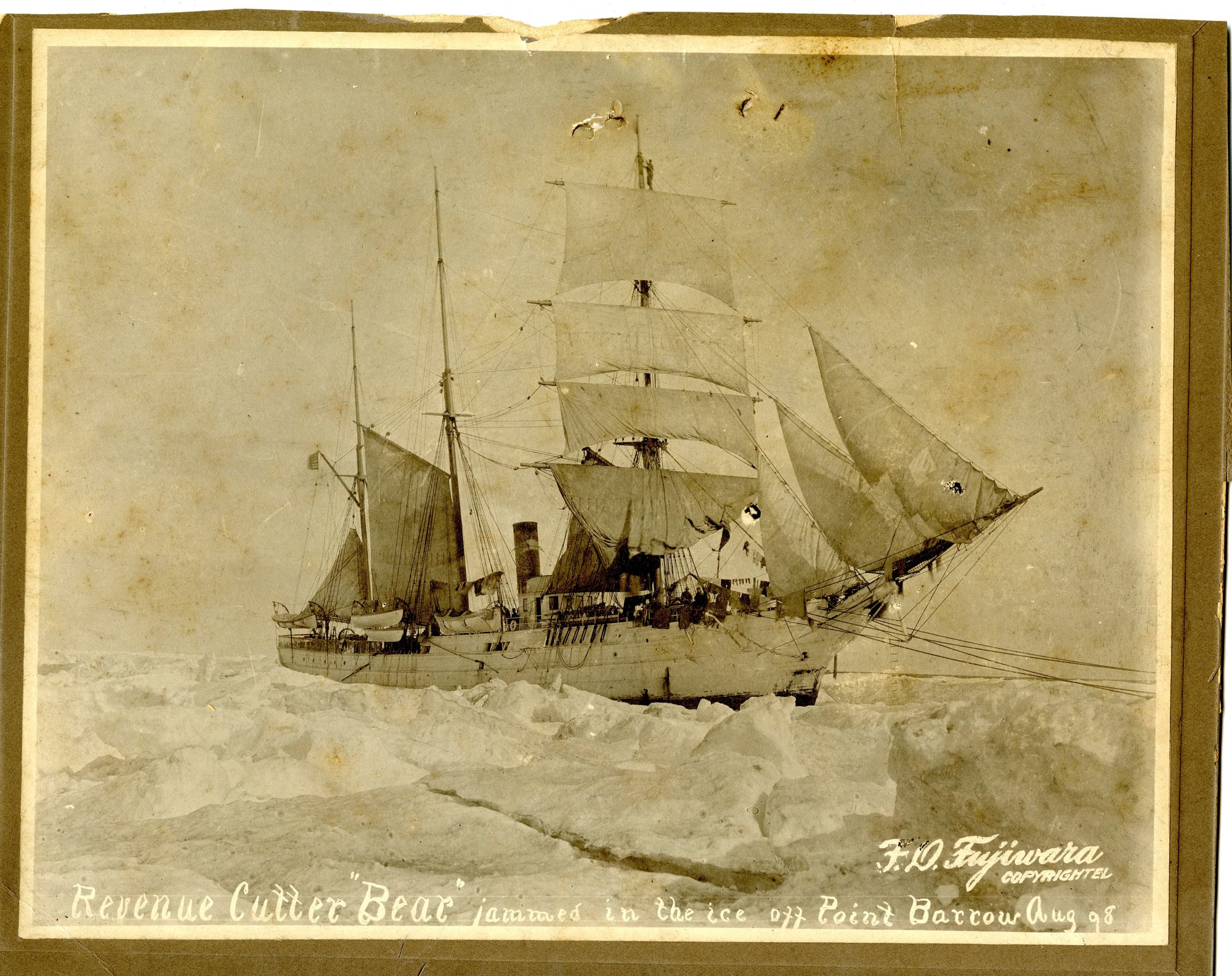
During Swab Summer and throughout my Swab (freshman) year at the U.S. Coast Guard Academy, I joined in the routine of reading and memorizing a book of Coast Guard knowledge that we called the “Running Light.” As I read the book of knowledge, I remembered that Hopley Yeaton was the fledgling Service’s first commissioned officer; forgive me for not recalling his other noteworthy contributions. I do recall some details of the Service’s most famous cutter, the Revenue Cutter Bear, and its exploits in securing the Alaska territory for the United States.
As a mature SWAB—some might think of such a person as an oxymoron—I had a burning question: why was the first commissioned officer, Yeaton, featured in the “Running Light” in the June 1971 edition, while there was no mention of the commanding officer of the Revenue Cutter Bear, one of (if not the) most famous cutter in the history of the Service?
I was then informed by an officer, whose name I do not recall but who was probably a lieutenant, that the commanding officer was none other than Michael A. Healy: aka, “Hell Roaring Mike” (1839-1904). When I then asked why he was not included in the “Running Light”, I was informed that on occasion he drank to excess and that this was frowned upon in his day and in our Service. That was the reason for his being omitted. I did not ask aloud the next question: why would drinking to excess cause the Service to exclude him from our indoctrination?
(In the early 1970s, as I was being formed as a Coast Guard officer, I recall folks earning higher marks on fitness reports for being able to drink and “hold their liquor.” As such, Healy’s exclusion from the “Running Light” for drinking to excess on occasion did not match my personal observation of the officer corps. It struck me as strange. (He managed to get at least footnote status in the history of the Catholic Church, after all.)
The “why?” question continued to linger in me. Two of Healy’s sisters became nuns and three of his older brothers were ordained priests and held prominent positions in the Church—one a bishop, the first in modern Black history; another served as the “second founder” and president of Georgetown University; a third was a theologian who advised the Cardinal-archbishop of Boston at the First Vatican Council. As one continues to read the history of the U.S. Catholic Church, one discovers that Venerable Augustus Tolton, who was ordained in the early 1890s after the Healy brothers made their mark in the Church, was identified as the first “Negro” priest in the Church of that day. (“Black” and “African American” were not yet in the vernacular of the Church)
The great American philosopher and prognosticator Don King got to the essence of my inquiry with his famous quip, “Only in America.” If the three older Healy brothers claimed their Colored ancestry, they would have been categorically denied the opportunity to serve the Church they loved and to which they committed their lives. The ordained Healy brothers were not champions for Tolton, whose death was stress-related due to abuse from White priests and bishops after his ordination. Michael A. Healy probably followed the lead of his older brothers, who claimed their Irish ancestry and denied their Blackness just to be given the opportunity to serve.
Only in America would a man have to deny his full identity in order to be given a chance, as was the case with the Healy brothers. And when the majority population recognized Michael A. Healy’s Blackness, they found some way to diminish his contribution. He was denied his place in history as late as 1971.
As Kevin Bacon’s character said in the movie “A Few Good Men,” I too say, “Those are the facts, and they are indisputable.” I write not to vilify our Service but simply to present the indisputable facts: racism has been with us in every institution in the United States, to the detriment of those persecuted for being Colored. It happened to the Healy brothers in the 19th century and, unfortunately, it still happens on occasion even to this day.
Why speak this truth today? I love the Service, and I love the truth. The Healy brothers were denied the opportunity to be their best selves because they consistently dealt with racism as they served. Denying this truth hurts the denier, the one persecuted because of the denial, and the Service, because good men and women must focus on moving through the negative energy of racism, or any other “ism.”
Their energy is much better spent committing to personal and community growth, and service to the nation and the world.
Deacon Timothy E. Tilghman is a permanent deacon of the Archdiocese of Washington, currently assigned to St Teresa of Avila Catholic Church. He has two master's degrees, one in public policy and the other in theology. He is the author of “Going to the Well to Build Community: A Pastor’s Guide to Evangelization.”


